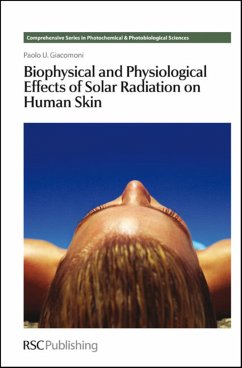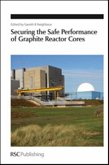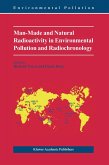In an era of global warming knowledge of the effects of solar radiation on humans is of great importance and the latest discoveries in environmental photobiology are presented in this book. The Editor has brought together a wide range of world class contributors to provide the reader with information on the clinical effects of solar radiation, such as inflammation, pigmentation, immune-suppression, cancer and aging, with emphasis on the ethnic or genetic background. The book also offers updates on the biochemical mechanisms involved in the generation of damage to DNA, lipids and proteins and on their removal. Each chapter has been written to provide a "historical" description of the phenomenology followed by the description of the state of the art. In this way, non-specialized and specialised readers alike can be updated in the essential aspects of the field. Key topics include: - Damages from acute versus chronic sun exposure - Skin Color, Melanin, Race/Ethnicity and UV-Induced DNA Damage - The effects of solar radiation on the immune response in humans - Genetic background and UV-induced skin cancer - The photochemistry of indirect damages: Lipid and Protein Damage provoked by UV radiation - DNA repair therapy This title will become an indispensable resource for students and professional at all levels working in fields relating to photochemistry, environmental science, biochemistry and biotechnology.








